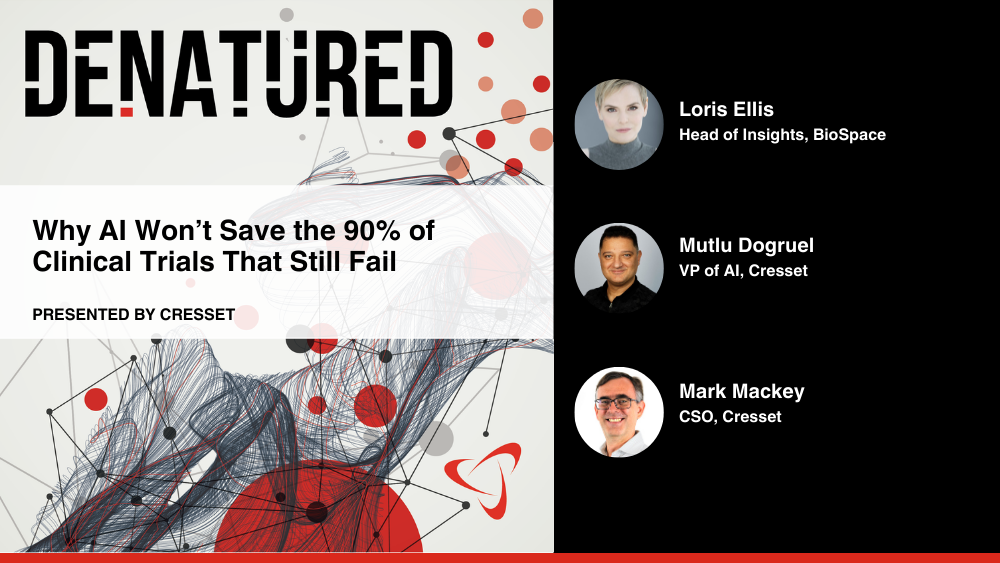Leqembi’s sales continue to be underwhelming, according to analysts, who contend the companies’ Alzheimer’s disease therapy is being held back by barriers such as coverage, infusion centers and time to diagnosis.
Eisai on Friday lowered its full-year revenue forecast for Biogen-partnered Alzheimer’s therapy Leqembi amid continued growing pains with the drug’s launch in the U.S. and in international markets.
The Japanese pharma now expects Leqembi to bring in nearly $280 million in the fiscal year 2024, down from its previous guidance of around $370 million. Eisai anticipates the U.S. market to account for much of the Leqembi sales this fiscal year, with projected revenue of $170 million in the country. Outside the U.S., Leqembi is approved in Japan, where it launched in December 2023, and in China, where it hit the market in June 2024.
The downward adjustment to Leqembi’s sales forecast, released Friday as part of its six-month financial report for the current fiscal year, comes as the antibody continues to struggle.
In the first half of the fiscal year, Leqembi brought in approximately $110 million “with growth exceeding business plan,” according to Eisai’s presentation. In Q3, Leqembi generated $67 million in revenue, which handily beat the $50 million consensus estimate.
However, Leqembi’s uptake is still “underwhelming” overall, contends Truist Securities analyst Srikripa Devarakonda.
“Investors have grown impatient and skeptical, in light of how long it’s been taking for the launch of the first ever disease modifying AD drug to really take off,” Stifel analyst Paul Matteis wrote in a note to investors. Jefferies analyst Michael Yee called Leqembi’s Q3 revenue “modest,” noting that while its overseas sales exceeded expectations, its launch in the U.S. “remains bumpy.”
Still, the bulk of Leqembi’s sales came from the U.S., where confirmatory testing for amyloid-beta is no longer a limiting factor. In October 2023, the Centers for Medicare and Medicaid Services removed its upper limit to the number of amyloid-beta PET testing that it would reimburse. This decision led to what Eisai called a “sharp increase” in confirmatory testing.
Despite this improvement in coverage, “infrastructure remains a constraint,” according to BMO Capital Markets analyst Evan Seigerman, who in an investor note said that there continues to be “barriers” to Leqembi’s robust growth such as “infusion centers, neurologists, and time to diagnose.”
Nevertheless, analysts see reason for optimism. Matteis said that Leqembi’s performance in recent months “have been very supportive” and that “something may actually be materializing here.” William Blair analyst Myles Minter similarly noted that “demand is not the limiting factor” for Leqembi and that the company is currently working to accelerate treatment uptake.
Biogen and Eisai also touted an increase in prescribers and eligible patients for Leqembi. According to Eisai’s presentation, there are currently 10,000 patients in the U.S. who are eligible for treatment. Of those, around 4,000 patients have already been dosed, with the remaining 6,000 in line to start treatment. These developments “could translate to future sales growth once the administrative hurdles are better addressed,” Yee said.






